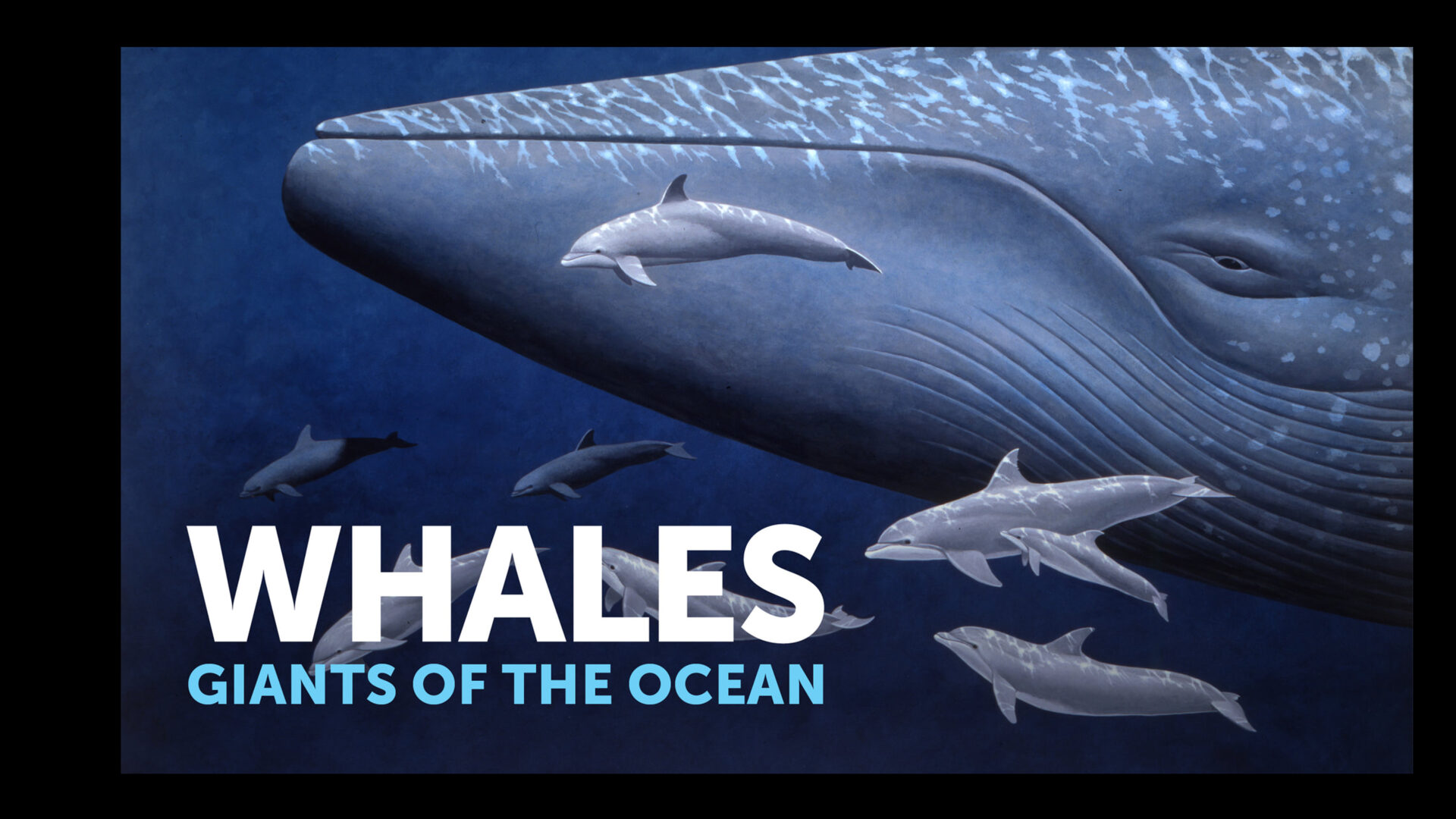Lessons 6 & 7 | Adaptations
Lesson 6 | Blubber
All cetaceans have a layer of blubber under their skin. The thickness of the blubber has a direct impact on where the species can live. Tropical species might only have an inch of blubber; Arctic species might have 12 or more inches of blubber.
BY THE END OF THIS LESSON, STUDENTS WILL BE ABLE TO:
- Explain how whales and other marine mammals are able to keep warm in the ocean.
GUIDING QUESTION(S)
- What special structures or adaptations do cetaceans and other marine mammals have that make it possible for them stay warm when they are always in the water?
Facilitator Materials
Lesson Materials
Activity
Blubber Video Resources
Lesson 7 | Feeding
Cetaceans are divided into two categories based on how they obtain their food. There are filter feeders, called mysticetes, that use plates of baleen to strain small organisms, usually zooplankton, from the water. There are toothed hunters, called odontocetes, that eat squid, octopus, and fish. They use echolocation to find their prey, and then get close enough to it to swallow it without chewing.
BY THE END OF THIS LESSON, STUDENTS WILL BE ABLE TO:
- Explain how toothed and baleen whales differ in feeding methods
GUIDING QUESTION(S)
- How are the feeding habits of toothed and baleen whales different?
- What special adaptations do toothed and baleen whales have to eat effectively?



